What Your Lips Are Trying to Tell You (And How to Actually Listen)
Let’s be honest, we spend a lot of time worrying about a new ache in our back or a persistent headache, but our lips? We usually just slap on some balm and call it a day. But over the years, I’ve learned that our lips are one of the most underrated windows into our overall health. Think about it: their skin is incredibly thin and packed with blood vessels, making them a first responder that reflects what’s happening inside our bodies.
In this article
I’ve seen it countless times. Someone mentions their “chronically chapped lips” as an afterthought during a visit, and it ends up pointing us toward a significant vitamin deficiency. It’s not about being an alarmist; it’s about being smart. Paying a little more attention to your lips is a simple, no-cost way to stay in tune with your body. This guide is built on that experience, designed to help you decode the signals, from the super common to the ‘time to see a pro’ stuff.
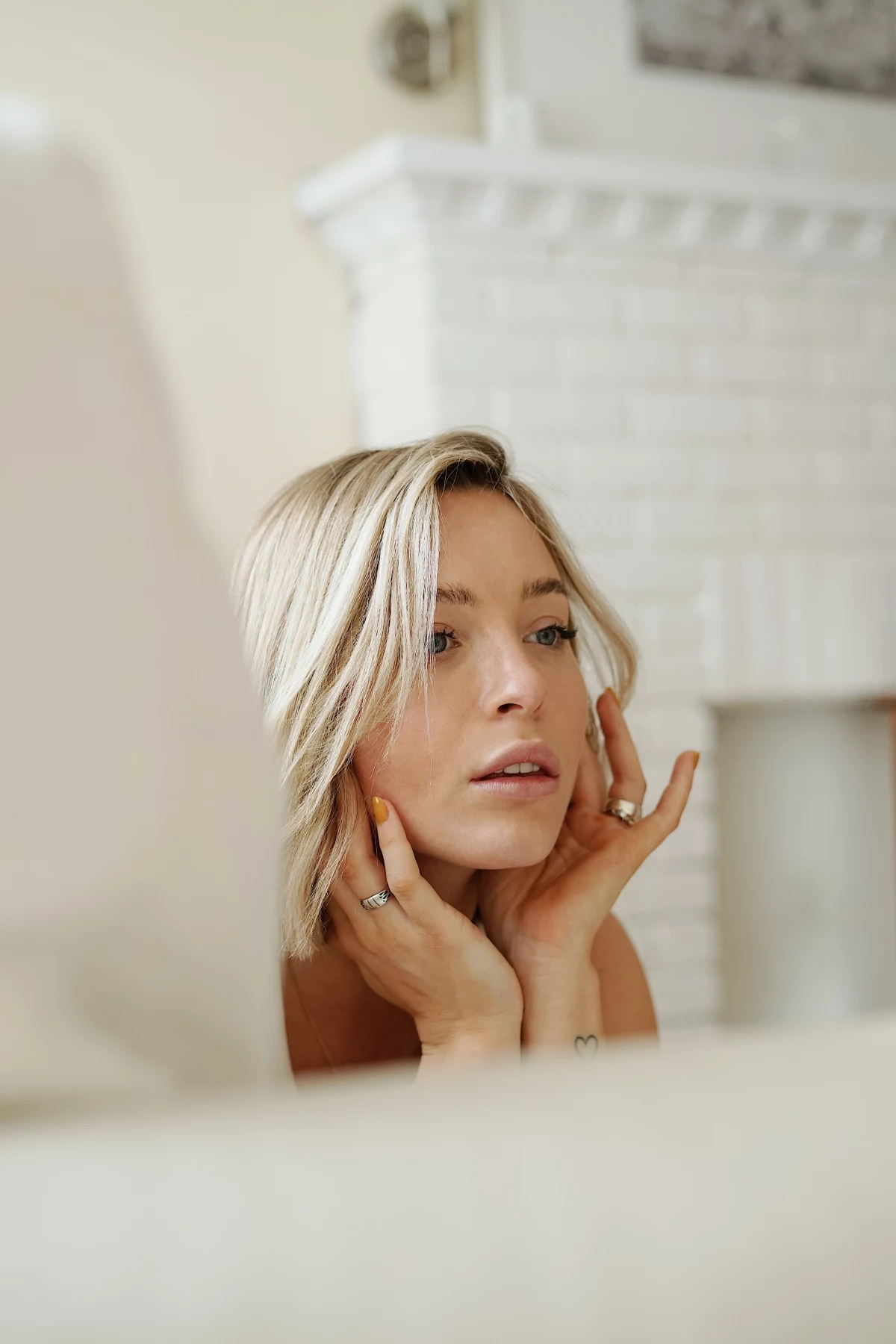
First, a Quick Bio: Why Your Lips Are So Sensitive
Before we dive into the nitty-gritty, it helps to know why your lips are such good tattletales. The skin on your lips, known as the vermilion, is paper-thin—we’re talking 3 to 5 layers of cells compared to the 16 layers on your arm. That’s why you can see the blood capillaries right underneath, which gives them their reddish hue.
This structure means any change in your blood, like a dip in oxygen, shows up here first. Plus, your lips have no oil or sweat glands of their own. Zero. This leaves them completely defenseless against dehydration and the environment. It’s this unique biology that makes them so revealing.
The Everyday Annoyances (And How to Finally Fix Them)
Most of the time, lip issues are pretty minor and easy to manage. But even with the small stuff, understanding the root cause is everything. Ignoring them can lead to a cycle of discomfort and might even hide a bigger issue.
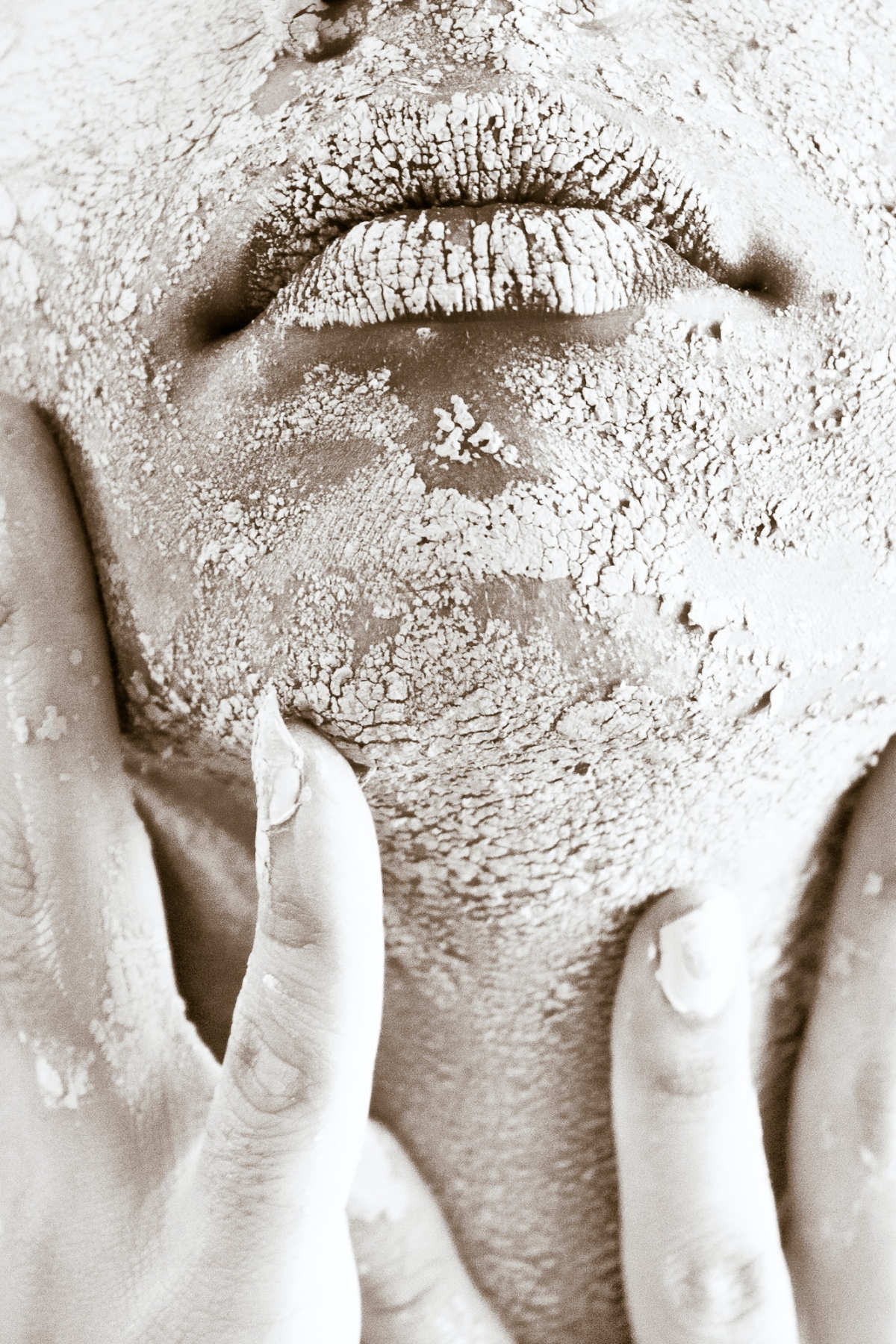
The Classic: Dry, Chapped Lips
This is, without a doubt, the number one complaint. But while everyone gets chapped lips now and then, having them all the time isn’t something you should just accept as normal.
A huge culprit here is a habit most of us don’t even realize we have: lip licking. It feels like a quick fix, right? Wrong. As that saliva evaporates, it wicks away any natural moisture your lips had. Saliva also contains digestive enzymes that are great for breaking down food but are terrible for your delicate lip skin. This starts a vicious wet-dry cycle that leads to inflammation, cracking, and even more dryness.
Here’s a little trick I give people to break the cycle: Every single time you feel the urge to lick your lips, stop. Instead, immediately apply a thick, bland balm. You’re not just stopping a bad habit; you’re replacing it with a healing one.

Choosing a Lip Balm That Actually Works
Okay, it’s time to ditch the waxy, fruity-flavored sticks that do more harm than good. A truly effective lip balm needs to hydrate and, most importantly, protect.
So what ingredients should you look for? On the ‘heck yes’ list are things that create a protective seal, what the pros call occlusives. This is where petrolatum really shines; it’s the gold standard for sealing in moisture. Other fantastic ingredients are shea butter, lanolin, and ceramides, which help rebuild the skin’s barrier. For a simple, no-fuss option, you can’t go wrong with classic Vaseline Petroleum Jelly (usually between $2 and $4) or Aquaphor Healing Ointment, which runs a bit more at $5 to $10. They aren’t fancy, but they’re what experts recommend because they just flat-out work.
On the flip side, there are a few ingredients you might want to avoid, especially if your lips are already irritated. Things like camphor, menthol, phenol, and strong fragrances can actually cause more dryness and irritation for many people. If your “medicated” balm stings or tingles, that’s not always a sign it’s working—it could be making things worse.

Quick tip: The best time to apply lip balm is right after you wash your face or brush your teeth, while your lips are still a little damp. This helps seal that moisture in before it has a chance to evaporate.
Your 1-Day Lip Rescue Challenge
Feeling overwhelmed? Try this. For the next 24 hours, ditch every single flavored, waxy, or medicated lip product you own. Use only plain petroleum jelly or Aquaphor, and apply a really thick layer right before you go to sleep. Seriously, the difference you can see and feel in just one morning can be dramatic.
A Non-Negotiable Habit: Sunscreen for Your Lips
This is a big one. We’re all getting better at putting sunscreen on our faces, but we almost always forget our lips. Heads up! The lower lip, in particular, is a high-risk area for sun damage because of its angle to the sun. I tell everyone to use a lip balm with at least SPF 30 every single day, rain or shine. It should be as automatic as brushing your teeth. If you have sensitive skin, look for mineral-based balms that use zinc oxide or titanium dioxide.

Cracks at the Corners of the Mouth (Angular Cheilitis)
This isn’t just severe chapping; it’s a specific inflammatory issue with painful cracks right at the corners of your mouth. It happens when saliva pools in those corners, creating the perfect warm, moist environment for yeast or bacteria to set up shop. This can be triggered by things like ill-fitting dentures, orthodontic braces, or even just the natural shape of your mouth.
When this problem persists, my mind immediately jumps to nutrition. Deficiencies in iron, zinc, or B-vitamins (especially B2, or riboflavin) are classic culprits. While you’re waiting to see a pro for proper testing, it can’t hurt to focus on foods rich in these nutrients. For B-vitamins, think leafy greens, dairy, and eggs. For iron, try lean red meat or lentils. And for zinc, you can look to seeds, nuts, and whole grains.
Good to know: If a simple barrier cream isn’t fixing it, you need a proper diagnosis. A practitioner can take a quick swab to see if you’re dealing with a fungal or bacterial infection and prescribe the right cream. Guessing is a bad idea—using an antibiotic on a fungal infection, for example, will only let the yeast thrive.
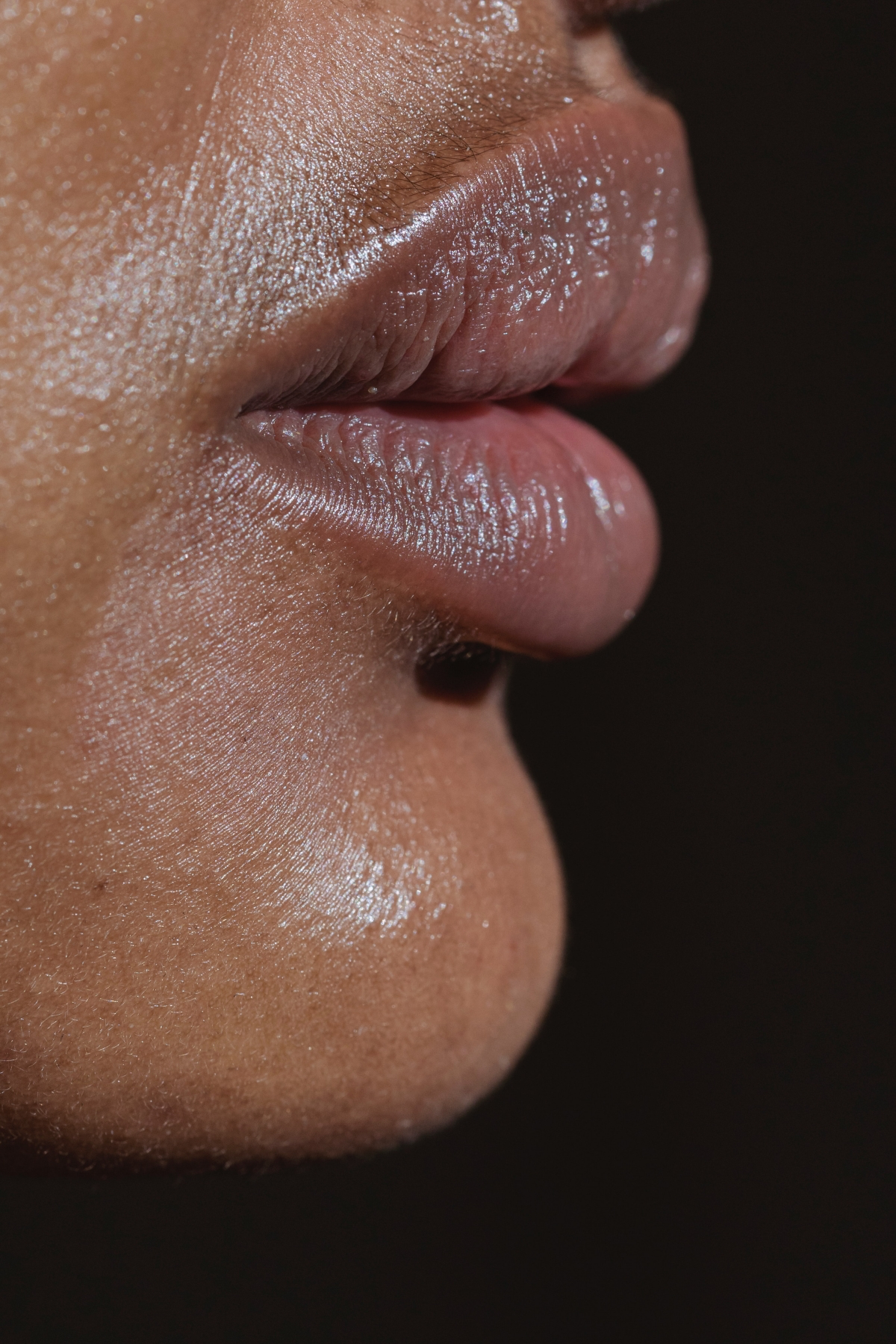
When Lip Changes Are a Red Flag
Sometimes, your lips signal something more serious is going on system-wide. These signs are less common, but it’s critically important to recognize them. This is where you stop self-diagnosing and book an appointment.
A Lasting Change in Lip Color
- Pale Lips: If your lips and the skin inside your lower eyelids are noticeably pale, it’s a classic sign of anemia. This means you don’t have enough healthy red blood cells to carry oxygen around your body, often due to a lack of iron, B12, or folate. This requires a blood test to diagnose properly.
- Blue or Grayish Lips (Cyanosis): This is a medical red flag. Full stop. It means your blood isn’t getting enough oxygen. If you or someone you see has blue lips, especially with shortness of breath or confusion, it’s a medical emergency. Call for help immediately.
- New Dark Spots or Patches: Any new dark spot on your lip needs to be seen by a professional, period. While it could be a harmless sun spot, you have to rule out the most serious possibility: melanoma. A dermatologist will check it out, and a biopsy is often needed. Early detection is everything.
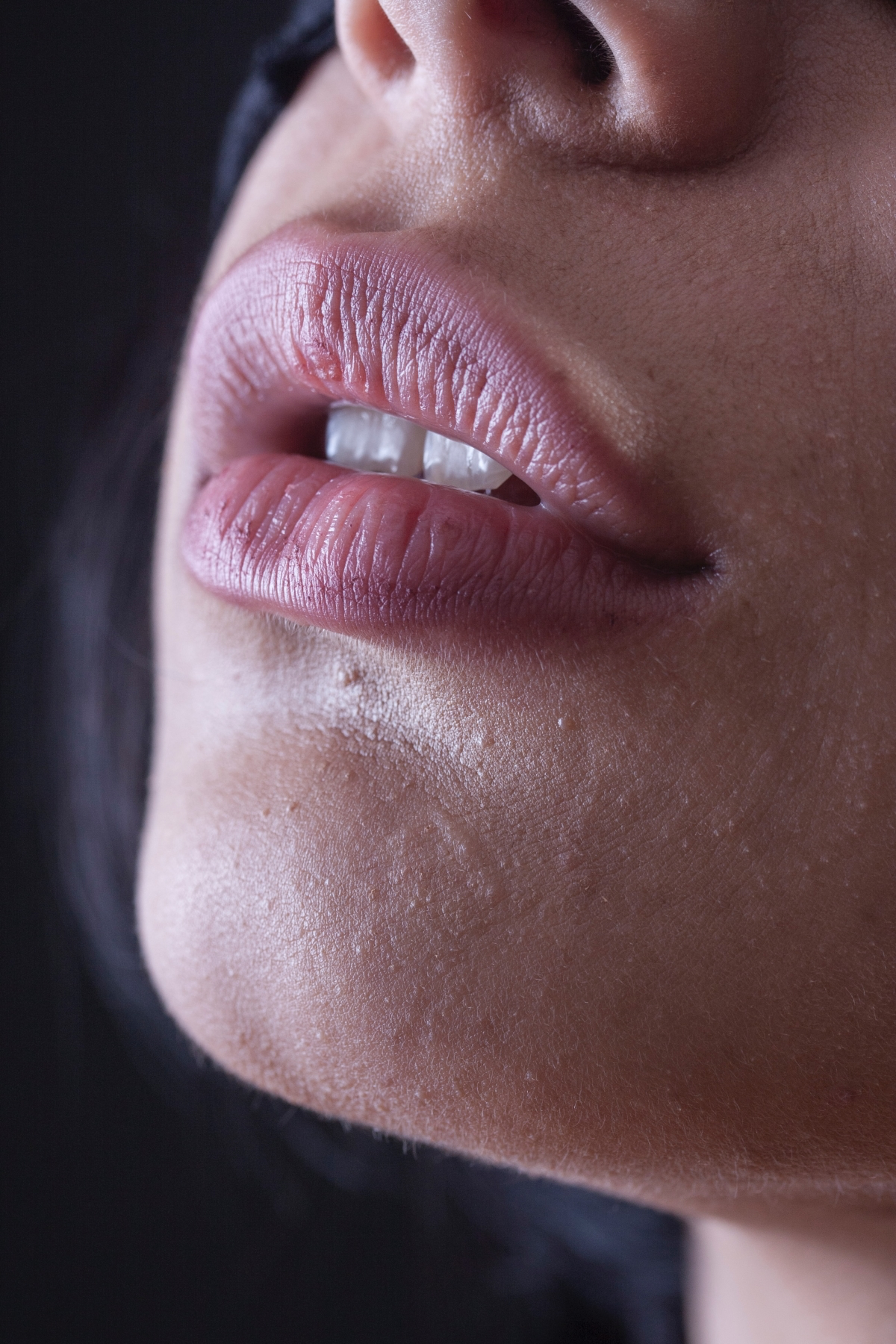
Sudden Lip Swelling (Angioedema)
Waking up with swollen lips can be scary, and it’s usually due to an allergic reaction. This can be triggered by foods like nuts or shellfish, or even certain medications. The reaction causes fluid to leak from blood vessels into your lip tissue.
CRITICAL WARNING: If lip swelling comes with difficulty breathing, a tight throat, wheezing, or dizziness, this is a sign of anaphylaxis, a life-threatening reaction. Do not wait. Seek emergency medical help right away.
A Sore That Just Won’t Heal
Here’s a standard rule in medicine: any sore, ulcer, or lump on your lip that doesn’t fully heal within two to three weeks needs a medical evaluation.
Sure, it could be a common cold sore, which is caused by a virus and typically clears up in about 7-10 days. But if a spot looks different, bleeds easily, or just sticks around, it’s time to get it checked. It could be a pre-cancerous lesion from sun damage or even a type of skin cancer. The only way to know for sure is to let a pro take a look.
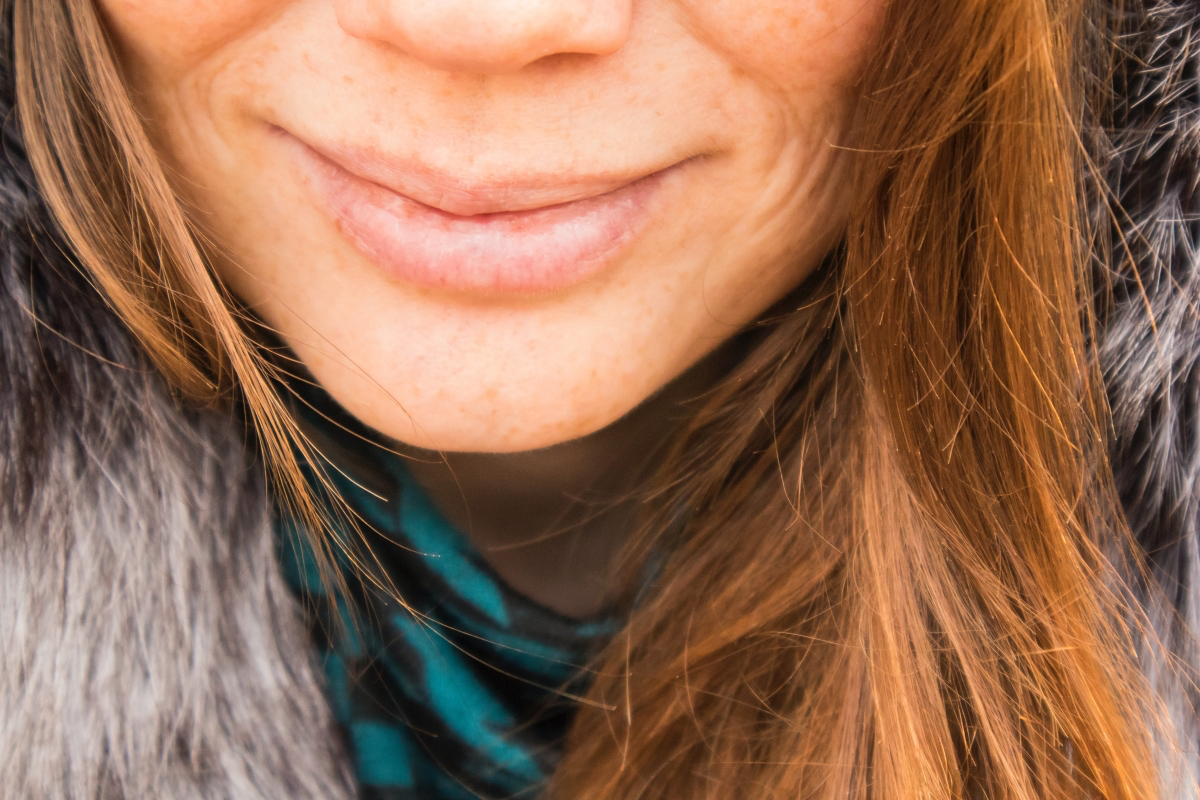
Your ‘Should I Call a Pro?’ Checklist
You are the expert on your own body. The goal here isn’t to make you anxious; it’s to empower you to be a better partner in your own healthcare. So, when is it time to make that call?
Ask yourself these questions:
- Do I have a sore, lump, or rough patch that hasn’t healed in over 3 weeks?
- Are the corners of my mouth constantly cracked and painful, and barrier creams aren’t helping?
- Have my lips become noticeably pale or, more urgently, have a bluish tint?
- Is there a new, dark, or irregular spot on my lip?
- Did my lips swell up suddenly and severely (especially with any breathing trouble)?
- Are my lips so severely and chronically dry that nothing I try seems to work?
If you answered ‘yes’ to any of these, it’s a good idea to seek professional advice. This information is for educational purposes and shouldn’t replace a conversation with a qualified health provider. Your lips are always talking. Learning to listen is one of the kindest things you can do for your health.
Inspirational Gallery
The Balm vs. The Oil: What’s the Difference?
Classic Balm: Think of a product like Aquaphor Healing Ointment. Its primary job is to be an occlusive—it creates a physical barrier on your lips to lock in existing moisture and protect them from wind and dry air. It’s the ultimate defender.
Modern Lip Oil: Think of the popular Dior Addict Lip Glow Oil. These are formulated to be more penetrative, delivering nourishing ingredients like cherry oil deep into the lip tissue while leaving a high-shine, non-sticky finish. It’s more of a treatment-meets-gloss.
For deep repair, a balm is king. For daily nourishment with a touch of glamour, an oil is your go-to.
The skin on your lips has a cell turnover rate that is 3 to 5 times faster than the skin on your face. This rapid renewal is why they can heal quickly but also why they become chapped so easily without proper care.
Tired of that tight, flaky feeling? The solution might be an overnight treatment. You’ll wake up to smoother, plumper, and deeply hydrated lips, and any lipstick you apply will glide on flawlessly.
The secret? A dedicated lip sleeping mask. Unlike regular balm, a product like the Laneige Lip Sleeping Mask is packed with a concentrated blend of antioxidants and hyaluronic acid that works with your body’s nighttime repair cycle for maximum impact.
Why do some lip balms seem to make things worse?
If you feel like you’re constantly reapplying balm with no real relief, check the ingredients list. Common additives like camphor, phenol, and menthol create a cooling sensation that feels soothing initially but can actually be irritating and drying in the long run. This triggers a cycle where you need to apply more to soothe the irritation caused by the product itself. Stick to simple, gentle formulas with ingredients like lanolin, shea butter, or ceramides.
The single most overlooked anti-aging step for your lips: SPF. The thin skin on your lips is highly susceptible to sun damage, which leads to loss of volume, fine lines, and increased health risks. A lip balm with at least SPF 30, like those from Sun Bum or EltaMD, is a non-negotiable part of your daily routine, even on cloudy days.
For a quick, gentle polish to slough off dead skin, you don’t need a fancy product. You can whip up a nourishing scrub right in your kitchen.
- Mix one teaspoon of brown sugar (a finer exfoliant than white sugar) with a half teaspoon of honey (a natural humectant).
- Add a few drops of coconut or olive oil to create a paste.
- Gently massage onto lips for 30 seconds, then rinse with lukewarm water.
Follow up immediately with a thick layer of your favorite lip balm.
Cracks at the corners of your mouth, a condition known as angular cheilitis, aren’t just a sign of dryness. The American Academy of Dermatology notes they are often linked to deficiencies in B vitamins (like riboflavin) and iron.
This is a perfect example of your lips acting as a messenger for your internal health. If you experience this persistently, it’s worth evaluating your diet or consulting a healthcare professional, as a simple balm won’t fix the root cause.
Remember that healthy lips are made in the kitchen, not just the cosmetics aisle. No amount of topical product can truly compensate for dehydration. Before you invest in another pricey balm, ask yourself if you’re drinking enough water. Aiming for at least 8 glasses a day is the foundational first step for a soft, supple pout.
- Don’t pick or peel at flaky skin. You’ll only tear healthy tissue and prolong the healing process.
- Avoid matte, long-wear lipsticks when your lips are already dry, as their formulations can be incredibly dehydrating.
- Stop testing products on your lips in-store. Use the back of your hand to avoid transferring bacteria.










